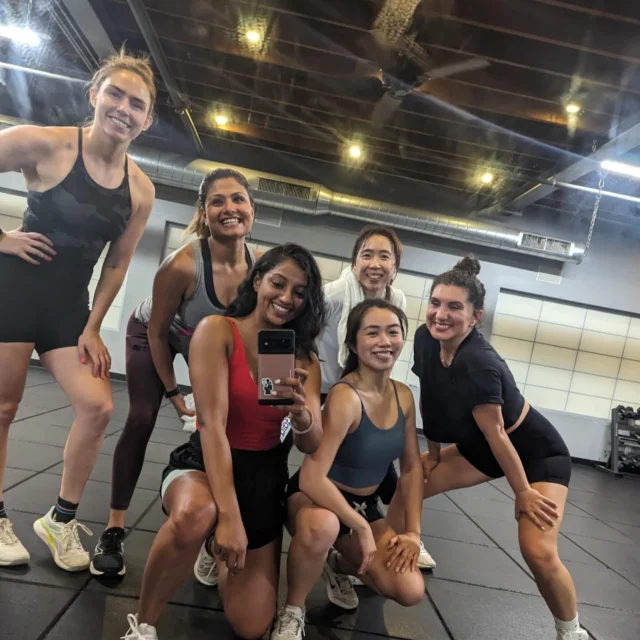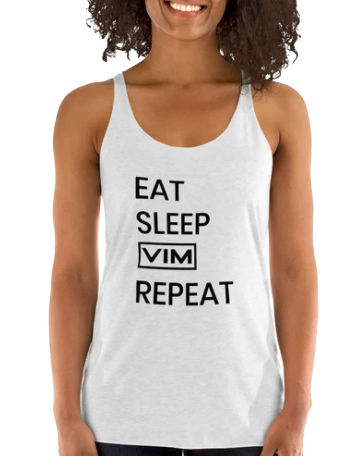2022 is in full swing, and some of us haven’t made much progress on our new year’s resolutions. It can be challenging to come up with a gym diet that you know you can commit to. The key to creating a great diet plan is defining your goals, choosing healthy foods you love, and finding a support network of specialists.
After that, it all comes down to personal commitment and accountability. If you make a plan that’s right for you and commit to it, nothing can stop you. For a guide on formulating the best gym diet for your workout needs, keep reading.
1. Know Your Goals
The first step in designing your optimal gym diet is knowing your goals. You can’t make a gym diet plan if you don’t have a clear direction.
Whether you’re bulking or cutting as part of an athletic routine or looking to make a lifestyle change, your goals will make a difference.
Bulking and Cutting
If you’re bulking, you want to prioritize carbs and protein. Most people use this as an excuse to open up their diets and eat whatever they want. Some people who bulk are a bit laxer when it comes to fast food, while others have a more semi-clean diet.
Your plan will depend on what works for your body and your goals. You’ll find various people who either open up their diets or only eat clean. Some have a hard time bulking because of high metabolism rates.
On the other hand, cutting involves introducing certain food restrictions. Through this process, you’ll work on transforming your bulk into muscle mass. This cycle can be difficult to stick to for most people but is par for the course for most athletes.
Lifestyle Changes
If you’re only looking for a lifestyle change, you can be more moderate about your diets. Start by reducing your sugar intake. Then, work on balancing your ratios of fats, carbs, and proteins.
Staying hydrated and choosing healthier options will be crucial to your success. Home-cooked meals will be your friend as long as you make a conscious effort to cook healthier. A balanced diet with plenty of leafy greens and lean protein will go a long way.
Regardless of how deep into fitness you are, a good tip is to avoid drinking your calories.
2. Plan Your Macros
Macros is a shorter term for macronutrients. This refers to three nutrients you get from your daily meals: fats, protein, and carbohydrates. Regardless of how intense your fitness goals are, you need to plan ahead for your workout diet.
One of the main reasons people don’t see results with their diets is that they forget to consider their nutritional intake. Many implement harsh food restrictions, which end up doing more harm than good.
Knowing where you’re going to get your nutritional intake from in advance will help you. It’s much easier to stick to a diet and cook around it when you have the ingredients laid out in advance. For your protein source, consider lean meats like fish and chicken.
If you’re vegan, soy and legumes are good alternative sources of protein. You might still need to look into workout supplements or additional vitamins. For fats, avoid heavy dairy.
Instead, opt for nuts and healthy oils like avocado. Some people even go with nut-based milk like almond or cashew. Carbs can be tricky as it’s important to keep them clean. Rice is a good go-to, and oats are another favorite.
Limit your intake of bread or pasta, especially if you have high goals. When you plan your diet and macros this way, you get to pick what you want to eat. It’s crucial to remember that eating healthy doesn’t mean saying goodbye to your favorite foods.
The ideal diet plan should be healthy, but also one that you like. If you’re too restrictive and only cook things you don’t like, you’ll have difficulty making progress.
3. Work with Specialists
Everyone is different, and we all have unique medical and nutritional needs. It can be hard to know what these are or which ones are most effective without trial and error. Working with specialists is more effective and can help you pinpoint more efficient strategies that work for you.
Specialists can give you a proper breakdown of the different types of diet plans. You may already be familiar with popular diets like keto or intermittent fasting. However, without proper research and consultation, going all-in could prove dangerous or counterproductive.
You want to adhere to proper workout nutrition based on your body. A nutrition expert can help you keep track and develop the right plan for your needs. They can also help you make subtle tweaks and provide you with more confidence.
You might like the thought of embarking on this challenge alone, but it can be hard. A good support system of experts who know what they’re doing will make a big difference.
4. Honest Accountability is Key
At the end of the day, it’s all on you. Your family can support you, or specialists can make recommendations, but it comes down to your determination. You need to be honest with yourself, what you want, and what you can achieve.
It’s also important to realize that slip-ups are ok. What matters is you get back on the horse. If you mistime your fast or cave by eating a donut, don’t use that as an excuse to binge or reset your whole diet.
If anything, use these small failures as motivation to work harder. Remember, it’s all a part of your journey. As long as you progress towards your final goal, that’s all that matters.
Planning the Right Gym Diet
There’s no one-size-fits-all approach to gym diets, but there are a few guiding principles to help you get on the right track. You want to start by having a clear set of fitness goals.
Having a gym and team of trainers you can trust also goes a long way. At VIM Fitness, we excel at helping you reach your health and fitness goals, so reach out to us today.
Studies show that 60% of people in the United States want to feel healthier. For many people, this may include losing weight and eating healthier. For others, it may be getting toned and building muscle. One way to help you reach these goals is by taking Pilates classes! These low-impact exercises can help you strengthen your muscles, improve your flexibility, and more.
Do you want to learn more about the benefits of adding a Pilates class to your workout regimen? Keep reading these top eight benefits of taking regular Pilates classes!
1. Builds Muscle
One of the primary benefits of adding Pilates to your workout regimen is that it helps you build muscle. Pilates classes can help you tone up your muscles, especially those in your core.
Pilates focuses on improving your strength through muscle balance. It uses your own body weight for resistance and targets both small and large muscle groups.
If you are looking for an exercise class to increase your muscle without creating bulk, Pilates is a great choice! These classes help you strengthen your deep core muscles, making your abdominal area look toned, without adding too much muscle.
2. Increases Flexibility
Next, Pilates can help you increase your flexibility and mobility. Because you are using an increased range of motion throughout your Pilates classes, you will find that you are able to stretch out more easily.
During your Pilates classes, you stretch your muscles and hold them in the end position. This means that you can increase your range of motion as you exercise.
Pilates also focuses on lengthening and expanding the muscles. The idea is that this allows your muscles to become longer, leaner, and look more toned.
3. Prevents Injuries
Not only do Pilates classes help you improve your strength and appearance, but they can also help you prevent injuries and even recover from injuries. As was mentioned before, Pilates can help you improve your flexibility and mobility.
Because your muscles are able to move more easily, it reduces the chance of your injuring them as you workout.
For example, many people do Pilates to ease their back pain and to prevent future back injuries This is because Pilates classes strengthen your core, which improves your posture and strengthens the muscles around your spine.
4. Workouts for the Entire Body
Pilates is especially known to help you improve your posture and your core strength. As you continue to take your Pilates classes, you will notice more definition in your stomach as your core muscles strengthen.
This is because many movements that you do in Pilates require you to hold your torso in one spot while the rest of your body moves.
This core stability is essential for your posture and helps you maintain the proper alignment in your spine and shoulders.
5. Increases Stamina
If you are looking for ways to increase your stamina, taking a Pilates class can help! During a Pilates class, your instructor will have you focus on your breathing. This helps you learn how to utilize your lungs through each movement, making it easy to use your entire diaphragm.
This way, you can increase your stamina and learn how to challenge your body.
Plus, Pilates classes help you build muscle strength. With more muscle, you will be able to work out for longer!
6. Minimal Equipment
Something that makes Pilates a great option for many people is that it requires minimal equipment. You can even take virtual Pilates classes without having to go to a gym or an exercise class.
Many pilates exercises simply require your own body weight. As you improve, you may want to add additional weights or resistance bands to your workout.
Other types of equipment you can use for Pilates includes a balance ball, a mat, and even a foam roller. If you don’t want to purchase any equipment, you can take a Pilates class at a gym to have access to all of this equipment and more.
7. Improves Mental Health
Similar to any type of exercise, Pilates classes can help you improve your mental health. In Pilates, there is a great focus on breathing throughout your exercises. This can help you deepen your stretching, but it can also lessen your stress and reduce your blood pressure.
This deep breathing can even encourage better blood flow and can help you sleep better at night.
Because of this, Pilates is a great type of exercise to improve your mood and mental health. Plus, as with any exercise, Pilates releases endorphins in your body after your workout, making it easier to be happy.
8. Good for Any Level
Finally, Pilates is a great exercise for any level. Whether you are someone that regularly exercises or not, you can find a Pilates class that fits your needs, regardless of your age or levels of fitness.
Even those with health concerns, like injuries, can do Pilates because it is a low-impact form of exercise.
As you improve your skills, you can increase the difficulty of your Pilates routine. You can exercise with your own body weight, with additional weights, and with other pieces of equipment!
Looking for Beginner Pilates Classes?
Adding pilates classes to your workout routine provides many great benefits for your health. Not only does it help strengthen and tone your entire body, but it will increase your stamina and help you recover from injuries.
If you are searching for a “beginners Pilates class near me,” VIM Fitness can help! We provide a total wellness and fitness center that includes gym facilities, yoga, pilates, group classes, and more.
Contact us today to learn more about our Pilates class cost and to book your classes!
Studies show that 60% of people in the United States want to feel healthier. For many people, this may include losing weight and eating healthier. For others, it may be getting toned and building muscle.
One way to help you reach these goals is by taking Pilates classes! These low-impact exercises can help you strengthen your muscles, improve your flexibility, and more.
Do you want to learn more about the benefits of adding a Pilates class to your workout regimen? Keep reading these top eight benefits of taking regular Pilates classes!
1. Builds Muscle
One of the primary benefits of adding Pilates to your workout regimen is that it helps you build muscle. Pilates classes can help you tone up your muscles, especially those in your core.
Pilates focuses on improving your strength through muscle balance. It uses your own body weight for resistance and targets both small and large muscle groups.
If you are looking for an exercise class to increase your muscle without creating bulk, Pilates is a great choice! These classes help you strengthen your deep core muscles, making your abdominal area look toned, without adding too much muscle.
2. Increases Flexibility
Next, Pilates can help you increase your flexibility and mobility. Because you are using an increased range of motion throughout your Pilates classes, you will find that you are able to stretch out more easily.
During your Pilates classes, you stretch your muscles and hold them in the end position. This means that you can increase your range of motion as you exercise.
Pilates also focuses on lengthening and expanding the muscles. The idea is that this allows your muscles to become longer, leaner, and look more toned.
3. Prevents Injuries
Not only do Pilates classes help you improve your strength and appearance, but they can also help you prevent injuries and even recover from injuries. As was mentioned before, Pilates can help you improve your flexibility and mobility.
Because your muscles are able to move more easily, it reduces the chance of your injuring them as you workout.
For example, many people do Pilates to ease their back pain and to prevent future back injuries This is because Pilates classes strengthen your core, which improves your posture and strengthens the muscles around your spine.
4. Workouts for the Entire Body
Pilates is especially known to help you improve your posture and your core strength. As you continue to take your Pilates classes, you will notice more definition in your stomach as your core muscles strengthen.
This is because many movements that you do in Pilates require you to hold your torso in one spot while the rest of your body moves.
This core stability is essential for your posture and helps you maintain the proper alignment in your spine and shoulders.
5. Increases Stamina
If you are looking for ways to increase your stamina, taking a Pilates class can help! During a Pilates class, your instructor will have you focus on your breathing. This helps you learn how to utilize your lungs through each movement, making it easy to use your entire diaphragm.
This way, you can increase your stamina and learn how to challenge your body.
Plus, Pilates classes help you build muscle strength. With more muscle, you will be able to work out for longer!
6. Minimal Equipment
Something that makes Pilates a great option for many people is that it requires minimal equipment. You can even take virtual Pilates classes without having to go to a gym or an exercise class.
Many pilates exercises simply require your own body weight. As you improve, you may want to add additional weights or resistance bands to your workout.
Other types of equipment you can use for Pilates includes a balance ball, a mat, and even a foam roller. If you don’t want to purchase any equipment, you can take a Pilates class at a gym to have access to all of this equipment and more.
7. Improves Mental Health
Similar to any type of exercise, Pilates classes can help you improve your mental health. In Pilates, there is a great focus on breathing throughout your exercises. This can help you deepen your stretching, but it can also lessen your stress and reduce your blood pressure.
This deep breathing can even encourage better blood flow and can help you sleep better at night.
Because of this, Pilates is a great type of exercise to improve your mood and mental health. Plus, as with any exercise, Pilates releases endorphins in your body after your workout, making it easier to be happy.
8. Good for Any Level
Finally, Pilates is a great exercise for any level. Whether you are someone that regularly exercises or not, you can find a Pilates class that fits your needs, regardless of your age or levels of fitness.
Even those with health concerns, like injuries, can do Pilates because it is a low-impact form of exercise.
As you improve your skills, you can increase the difficulty of your Pilates routine. You can exercise with your own body weight, with additional weights, and with other pieces of equipment!
Looking for Beginner Pilates Classes?
Adding pilates classes to your workout routine provides many great benefits for your health. Not only does it help strengthen and tone your entire body, but it will increase your stamina and help you recover from injuries.
If you are searching for a “beginners Pilates class near me,” VIM Fitness can help! We provide a total wellness and fitness center that includes gym facilities, yoga, pilates, group classes, and more.
Contact us today to learn more about our Pilates class cost and to book your classes!
LOCATIONS
University Park
350 Massachusetts Avenue
Cambridge, MA 02139
(617) 577-1100
Hours of Operation
Weekdays: 5:30am-9:30pm
Weekends: 9am-7pm
_____________________
Central Square
579 Massachusetts Avenue
Cambridge, MA 02139
(617) 945-2708
Hours of Operation
Weekdays: 6am-10pm
Weekends: 8am-8pm

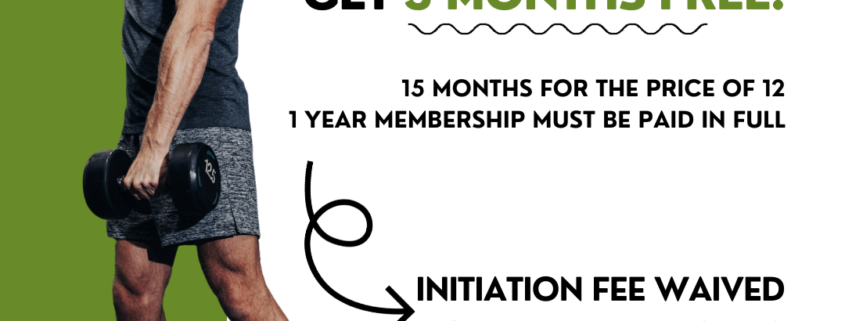
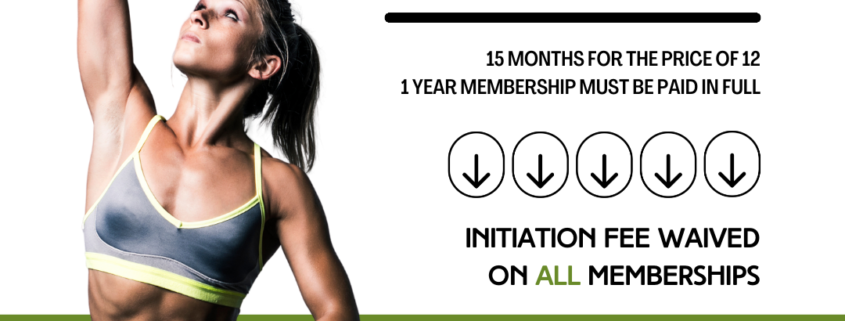
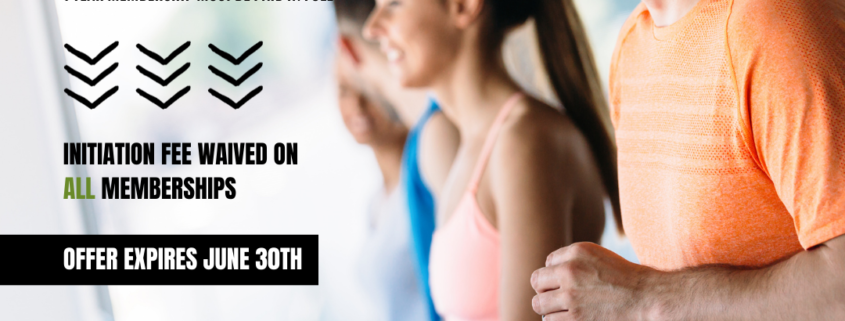
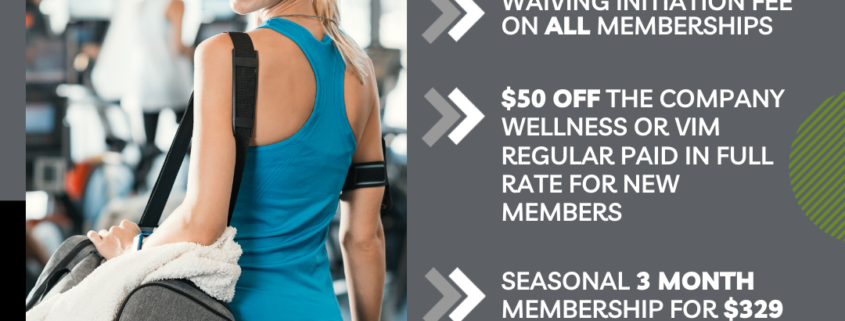
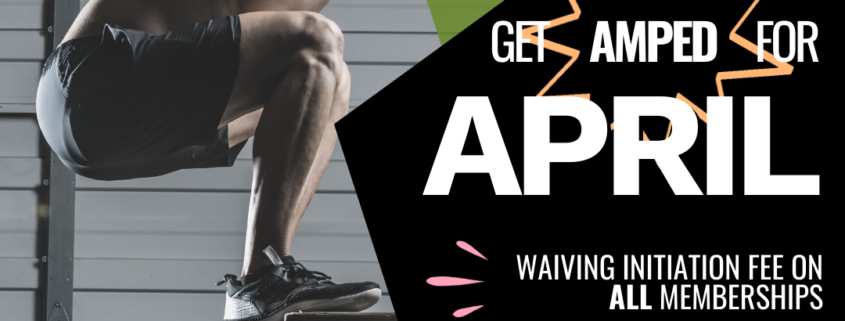
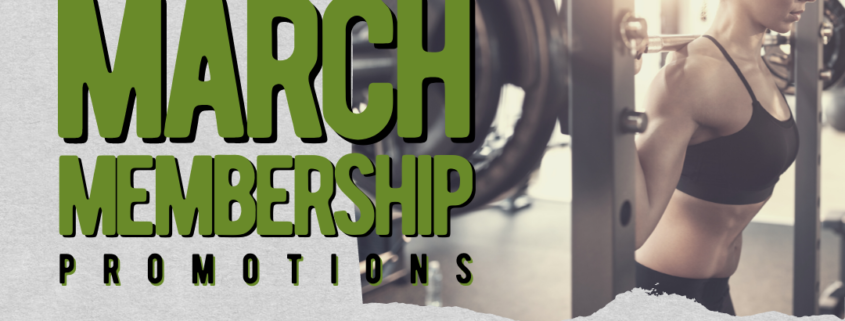
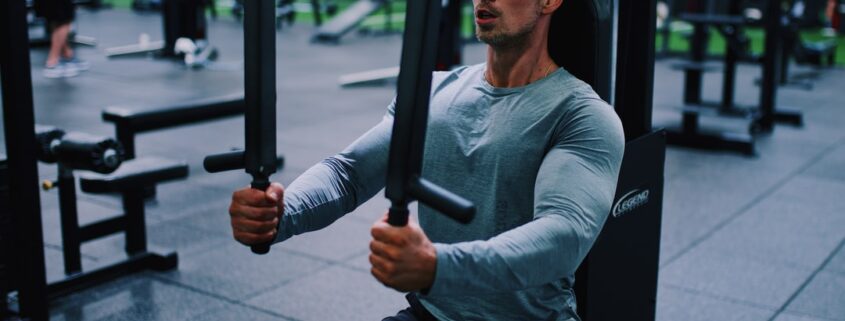
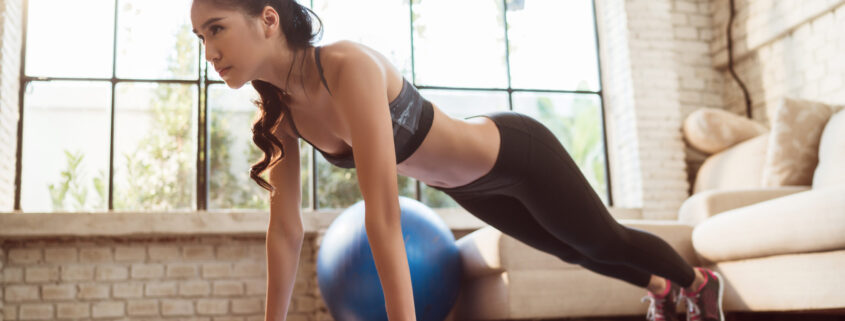
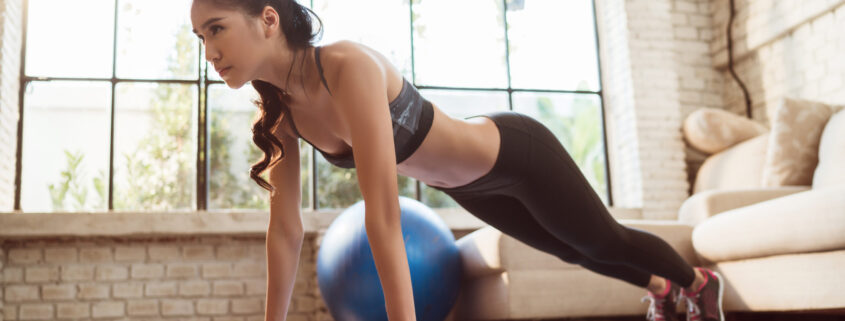
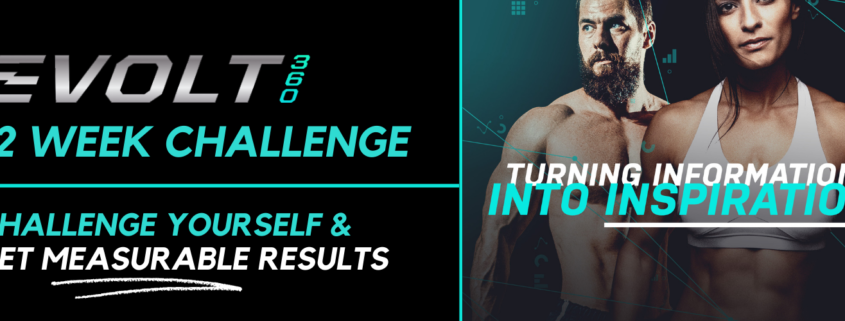



 LIMITED TIME DEALS FOR APRIL
LIMITED TIME DEALS FOR APRIL
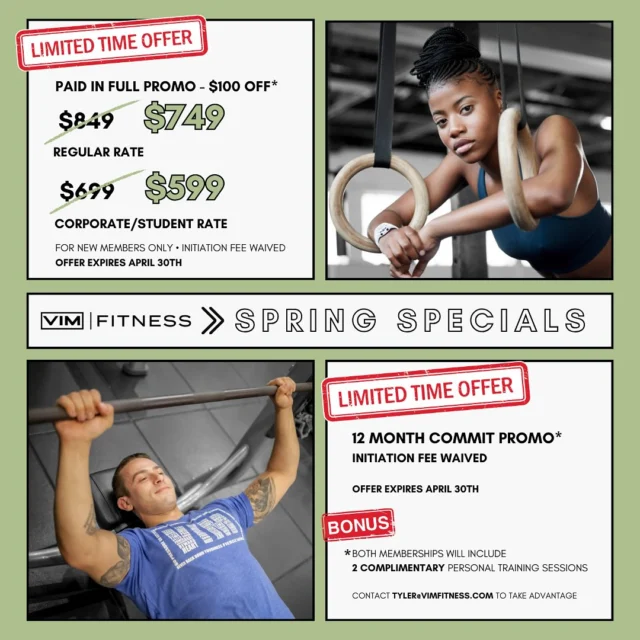

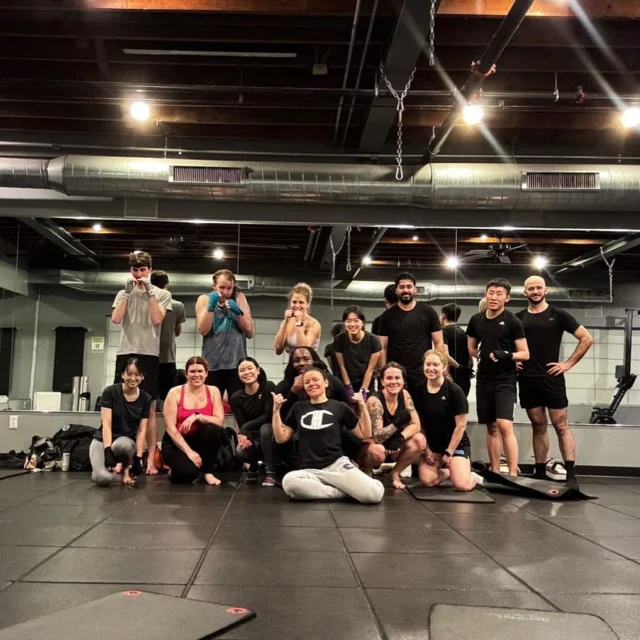
 SPRING SCHEDULE
SPRING SCHEDULE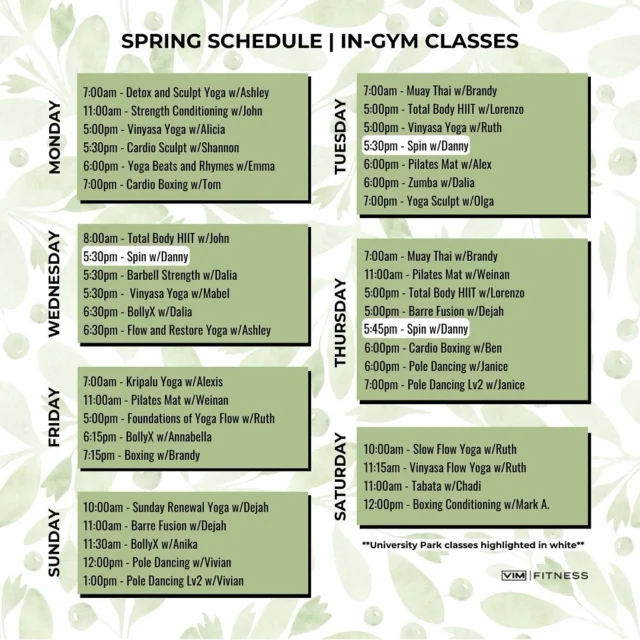
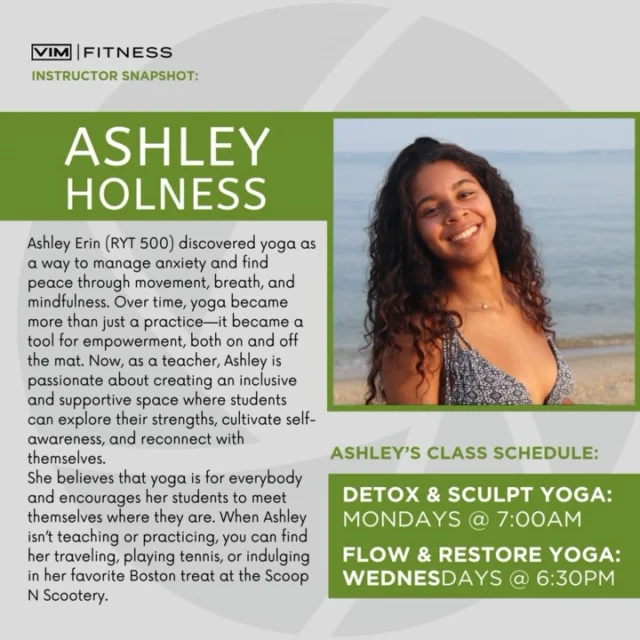
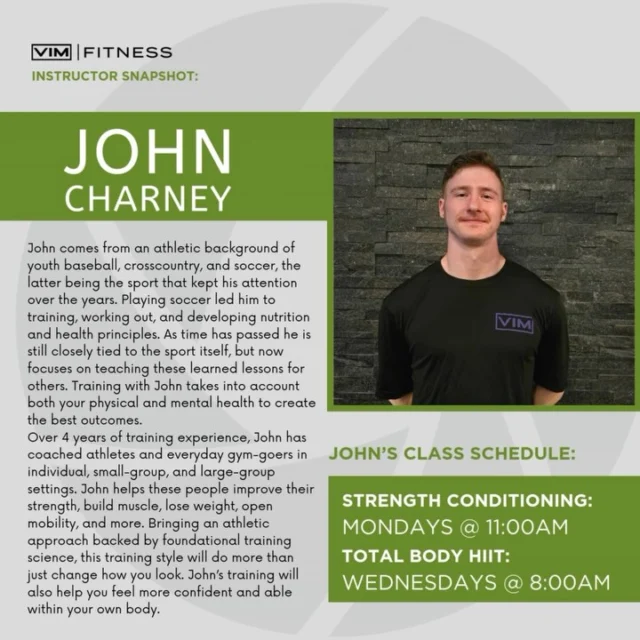
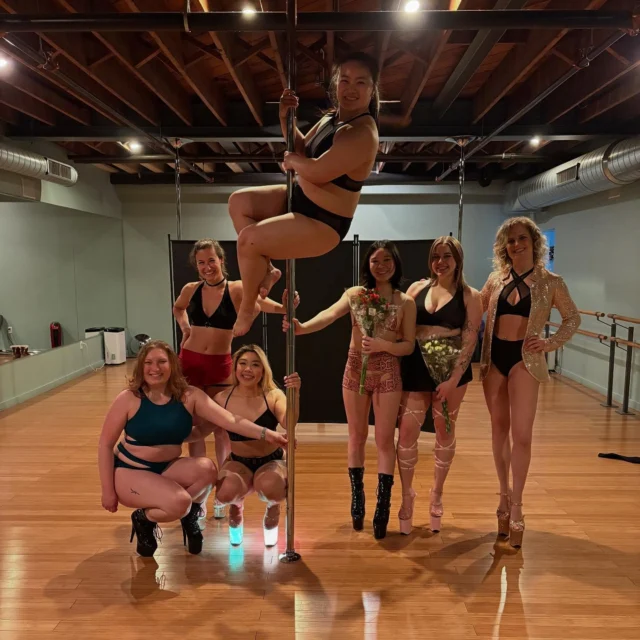
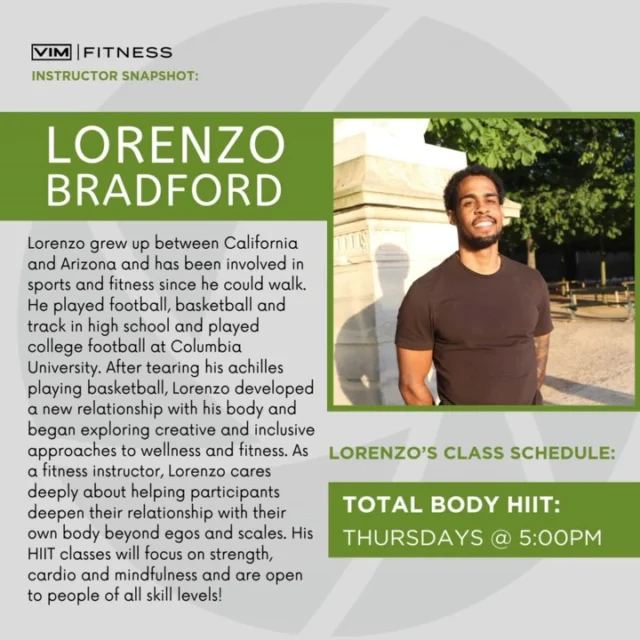
 Happy St. Patty’s Day
Happy St. Patty’s Day



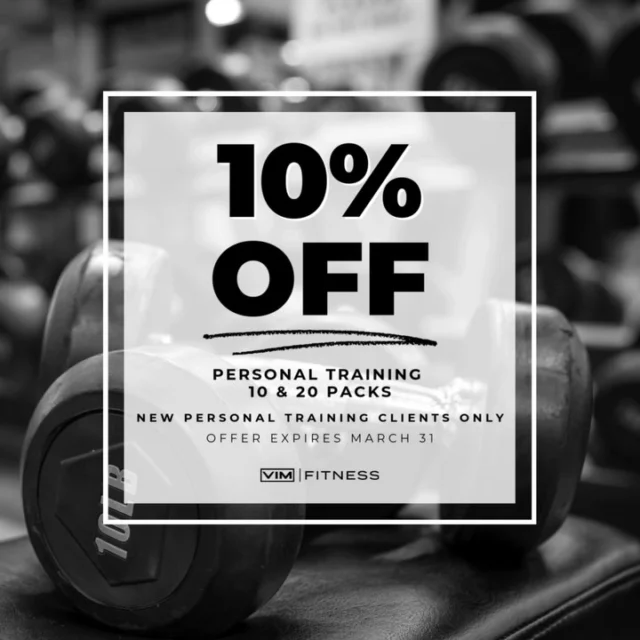
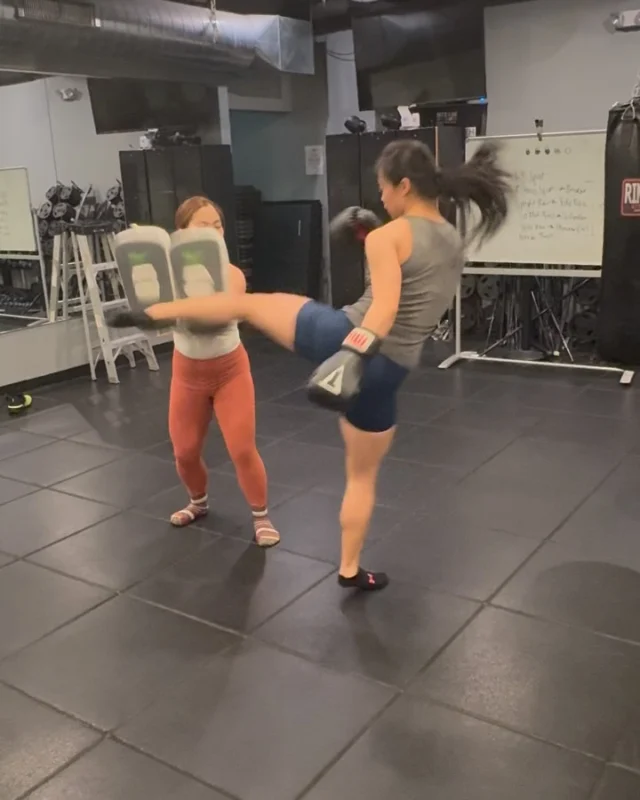
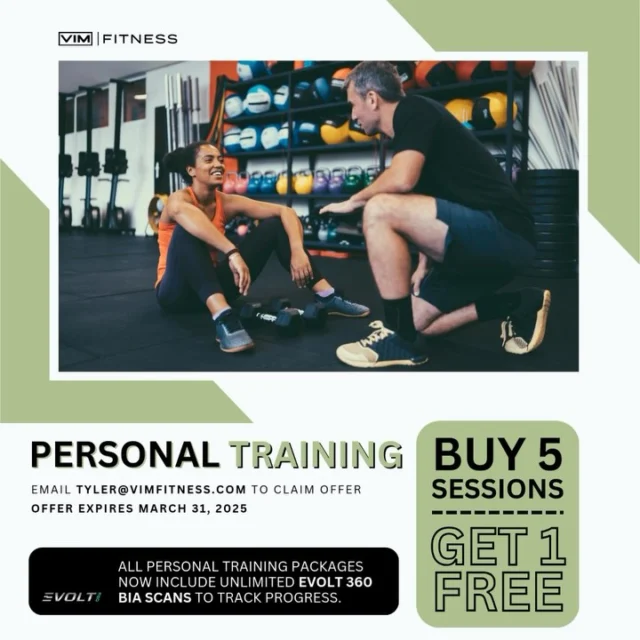
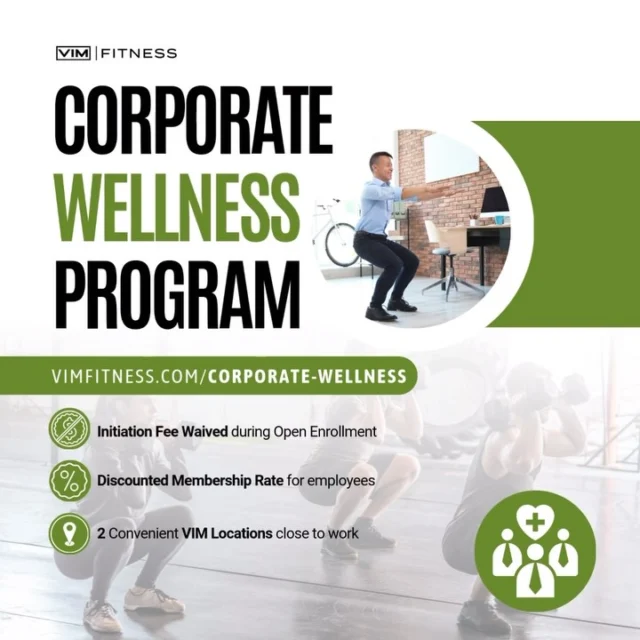
 WINTER
WINTER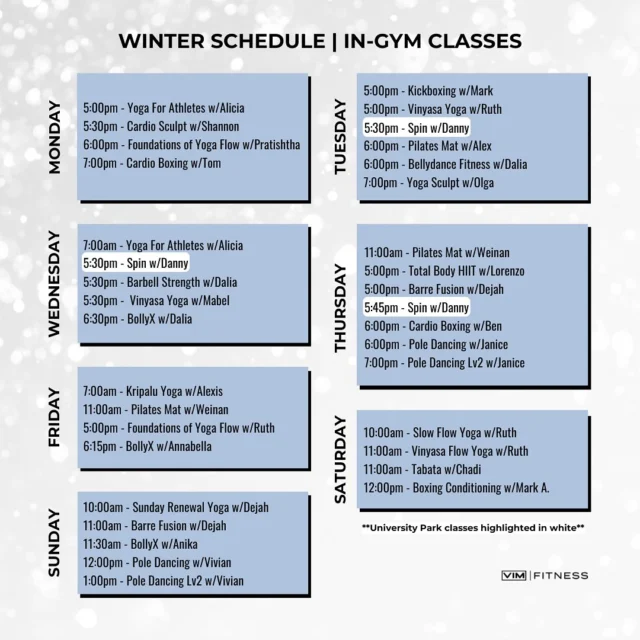
 Workouts and group fitness classes are bette
Workouts and group fitness classes are bette